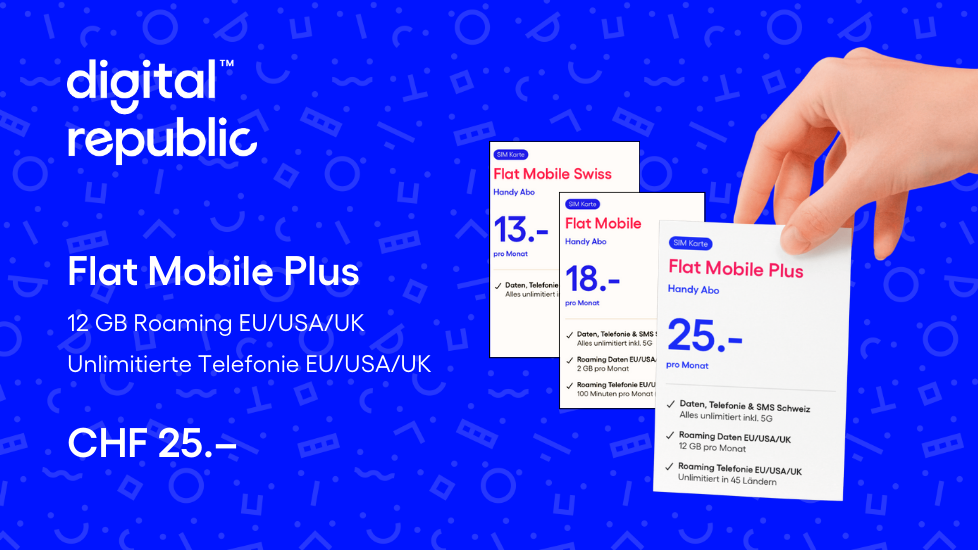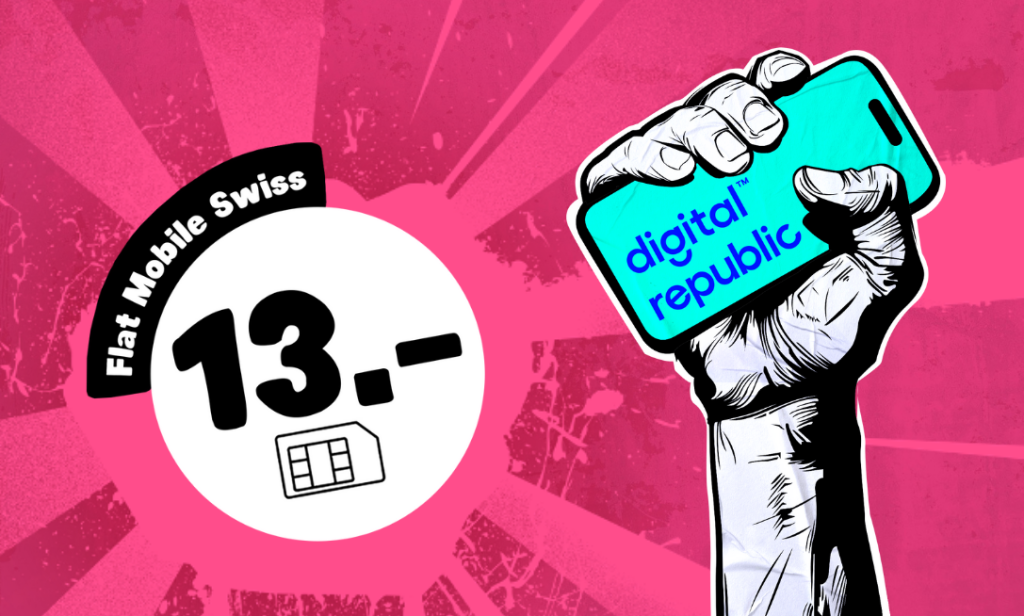Mobile internet for everyone and everything
SIM, eSIM, iSIM – Nonsense?
When Will It All Stop?
We’ve had the SIM card for 30 years and the eSIM for what feels like 3 days, and now the next standard is already following suit with the iSIM. Do we have to get used to the eSIM at all, or do we prefer to wait directly for the iSIM? Don’t worry, it won’t happen that fast, and no, this is not a marketing joke by Apple – the iSIM really does exist and it should expand the hardware manufacturers’ options by a large amount. While the eSIM is an embedded alternative to the classic plastic SIM card, the iSIM will be the first integrated solution that is part of an SoC. Another technological milestone and promising for the IoT and all hardware manufacturers!
What Is iSIM?
Unlike the eSIM, the iSIM will be integrated directly into the device processor, which is where the Appleesque “i” prefix (Integrated SIM) comes from. So with the iSIM, the soldered chip of the eSIM will also disappear and every SoC (System on a Chip) will potentially be 5G-capable. This is great news, especially for hardware manufacturers in the IoT area.
From the user’s point of view, however, the iSIM works exactly the same as the eSIM. It will still be possible to load a SIM profile onto the device using a QR code, and it will still be possible to use several SIM profiles side by side.
The big difference between eSIM and iSIM is the hardware. The iSIM makes the hardware vanishingly small. The iSIM developers at Thales Group are talking about dimensions of less than one square millimeter. With the iSIM, SIM information is no longer stored on a separately soldered chip, but directly in the device’s processor. One chip less with the same functionality and additionally more space for a bigger battery or a smaller casing!

How Far Is the Development of the iSIM?
Last year, Thales Group, Vodafone and Qualcomm Technologies already presented a first smartphone that uses an iSIM. This proved its feasibility, and this year the GSMA confirmed eSA security certification for the iSIM technology for the first time.
This means that the iSIM supports the same security standards as the eSIM and accordingly offers the same advantages over the classic SIM card.
Thales Group expects up to 200 million iSIM-enabled consumer and IoT devices worldwide by 2025.
Digital Republic was one of the first eSIM providers in Switzerland to recognize this trend early on. That’s why we also offer all our tariffs as eSIM and especially in the low bandwidths that are optimal for wearables or IoT devices.
What Advantages Does the iSIM Offer?
Due to its direct integration into the processor of the end device, the iSIM creates valuable space, especially in small devices such as smartwatches or other wearables. This allows the use of larger batteries on the one hand and also saves energy on the other. The power consumption of the iSIM is significantly lower than that of the eSIM and, together with the space savings, allows a longer battery life.
Another advantage is the possibility of so-called “remote provisioning”. With the iSIM, providers have the option of adjusting SIM information or activating and deactivating the SIM without direct customer contact. For you as a user, this means that you no longer have to go to a store if you want to activate your SIM or change something in your data or tariffs.

At Digital Republic, you can already do this yourself. You can activate SIM cards or eSIMs and adjust your rate on-the-go completely independently via the Digital Republic customer portal.
Is the iSIM More Secure Than the eSIM?
The eSIM and the iSIM use the same security mechanisms and are therefore equally secure. Thanks to the integrated architecture and the remote provisioning options, both SIM variants are very secure against theft and misuse.
How you should react if your smartphone is stolen is explained in more detail in this article.
When Will I Have to Start Looking for an iSIM?
We can give the all-clear here. Since the iSIM is functionally very similar to today’s eSIM, it is primarily the providers who will have to deal with the new standard. Nothing fundamental will change for you as users. As soon as you own an iSIM device, you will also be able to obtain a SIM profile for this device, just as easily as is already possible with the eSIM.
Digital Republic is already taking care of the iSIM, of course! We are following all the latest technological developments that could be beneficial for you as users and will of course keep you up to date.
However, it will certainly be some time before the iSIM is launched, and by then the eSIM will have become the new standard.
For more information on eSIM technology and news about the development of the eSIM, please visit esim.ch.
Discover Our Other News Articles

Flat Mobile Plus Is Here! And It’s Packed With Roaming!
One thing leads to another. About a month after we launched the most affordable all-inclusive subscription for Switzerland, Flat Mobile Swiss, we are now rounding out our offering. With Flat Mobile Plus, frequent travelers or those who really like to have everything included get a subscription that’s right for them. For CHF 25 per month.

Affordable Roaming Even Outside Europe
Roaming within zone 1 (EU/US/UK) has hardly been a problem for quite some time. However, for travelers outside this zone, roaming is still becoming an expensive issue. We are countering this with a new eSIM service: the Digital Republic Travel-eSIM!

Flat Mobile Swiss by Digital Republic
Simple, transparent and fair: with Flat Mobile Swiss, Digital Republic is launching an unbeatable cell phone plan for anyone who wants to make calls and surf the internet in Switzerland without worries. For just 13 francs a month, customers get unlimited data, calls and SMS in Switzerland – with no activation fees, no minimum contract term and with personal customer support.
